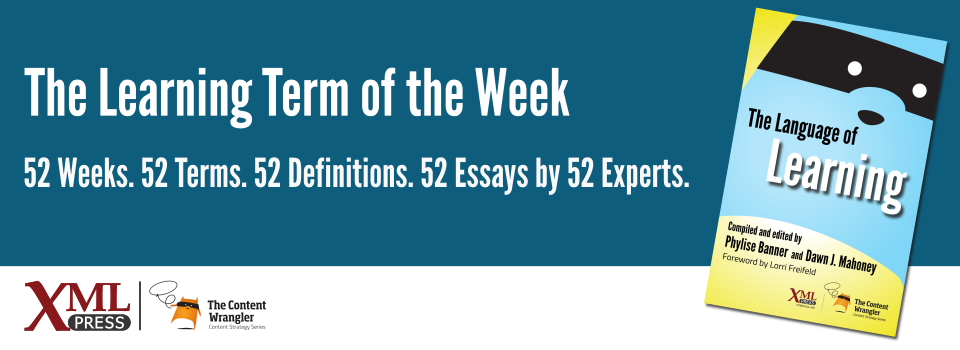What is it?
Any form of learning through electronic media, such as the internet, web apps, or other means. The most effective eLearning is almost always highly interactive, challenging, and engaging.
Why is it important?
Too often, eLearning content is thrown together without much thought as to how effective it might be for the learners. It is no longer enough to place a PowerPoint deck with narration online and then quiz learners. Instead, effective eLearning uses an individualized approach that challenges learners to solve real work-related problems. It also presents a consistent message to all learners. And when done well, it is both economical and an effective use of resources.
Why does a business professional need to know this?
Every successful business strives for constant improvement and growth. Training is an important part of achieving those goals. eLearning, while important, is not a panacea for every training need. At times it makes more sense to hold training in a meeting room. At other times it may be better to watch a training video.
What does eLearning provide? When it is done well, eLearning delivers an individualized experience to each learner, one that molds itself automatically to each learner’s needs. Someone who is already proficient in the content need not be bored; those who are new to the content need not be overwhelmed. Learners should be challenged at an appropriate level so they can solve real-life problems that they encounter in the workplace.
Well-designed eLearning starts learners out with the same set of challenges, using case scenarios and similar approaches. And it aims to bring all learners to the same level of proficiency. However, it allows more experienced learners to progress quickly, and for those who struggle, it gives extra time and levels to ensure a complete grasp of the material.
This process does not require a lot of money to create, but it does require expertise in creating eLearning. Just as you wouldn’t hire someone who has never popped the hood of a car to fix an engine problem, you want to make sure that eLearning expertise is brought to bear to ensure money and time are not wasted and that the learning is effective.
References
- (Sangra 2012) Building an Inclusive Definition of E-Learning: An Approach to the Conceptual Framework: Sangrà, Albert, Dimitrios Vlachopoulos, and Nati Cabrera. (2012). The International Review of Research in Open and Distance Learning 13, no. 2. PDF format. Article is licensed under CC BY 4.0.

